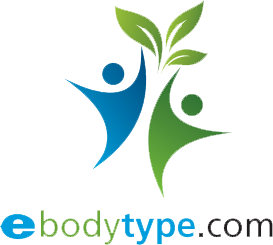Vitamin D deficiency is widespread, especially in Northern regions as well as in individuals who are housebound. The elderly are the most vulnerable to developing the deficiency. As described in Alive Magazine a recent study performed in a Massachusetts hospital determined that nearly 6 of 10 patients suffered from some degree of the deficiency. Hans Larsen, medical researcher, notes that …
Learn About Vitamin A
A greater number of deaths result from vitamin A deficiency than those caused by virtually all other deficiencies combined. The deaths largely occur in poor countries. However, increasingly, deaths are being attributed to vitamin A deficiency in Westernized countries. In children, adolescents, and the elderly lack of vitamin A greatly increases the risks for potentially life-threatening infections. The deficiency is …
Learn About Tryptophan
Tryptophan is an amino acid, which is essential to the function of all cells and organs. It is found primarily in foods of animal origin. Thus, vegetarians are at a high risk for the deficiency. The symptoms of tryptophan deficiency are similar to those of niacin deficiency, because tryptophan and niacin are similar biochemically.
Learn About Glutathione (Peroxidase)
Glutathione deficiency usually means selenium deficiency, since the latter is needed for its synthesis. A lack of glutathione may lead to aging and disease. Skin signs are common.
Learn About Bioflavonoids
Bioflavonoids are specialized compounds found in fruit, vegetables, herbs, and spices. They are exceptionally powerful pharmacologically and work synergistically with vitamin C. They function as antioxidants, antiseptics, and are particularly useful for strengthening blood vessels. Hundreds of bioflavonoids exist in nature; they are largely responsible for the lovely colors found in foods and herbs
- Page 2 of 2
- 1
- 2
